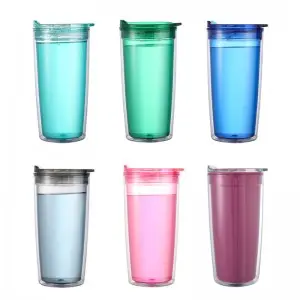The world finds itself in the midst of a growing plastic bottle epidemic. These non-biodegradable objects cause serious environmental problems, polluting our oceans, landfills, and even our bodies. In response to this crisis, recycling emerged as a potential solution. However, have you ever thought about how long it actually takes to recycle a plastic bottle? Join us as we uncover the journey of a plastic bottle from creation to final recyclability.
1. Production of plastic bottles:
Plastic bottles are primarily made from polyethylene terephthalate (PET), a lightweight and strong material ideal for packaging purposes. Production begins with the extraction of crude oil or natural gas as raw material for plastic manufacturing. After a complex series of processes, including polymerization and molding, the plastic bottles we use every day are created.
2. Life span of plastic bottles:
If not recycled, plastic bottles have a typical lifespan of 500 years. This means the bottle you drink from today may still be around long after you’re gone. This longevity is due to the inherent properties of plastic that make it resistant to natural decay and is a significant contributor to pollution.
3. Recycling process:
Recycling plastic bottles involves several stages, each of which is crucial in converting waste into reusable products. Let’s delve deeper into this complex process:
A. Collection: The first step is to collect plastic bottles. This can be done through kerbside recycling programs, drop-off centers or bottle exchange services. Efficient collection systems play a vital role in ensuring maximum recyclability.
b. Sorting: After collection, plastic bottles will be sorted according to their recycling code, shape, color and size. This step ensures proper separation and prevents contamination during further processing.
C. Shredding and washing: After sorting, the bottles are shredded into small, easy-to-handle flakes. The sheets are then washed to remove any impurities such as labels, residue or debris.
d. Melting and reprocessing: The cleaned flakes are melted, and the resulting molten plastic is formed into pellets or fragments. These pellets can be sold to manufacturers to create new plastic products such as bottles, containers, and even clothing.
4. Recycling period:
The time it takes to recycle a plastic bottle depends on a variety of factors, including the distance to the recycling facility, its efficiency and the demand for recycled plastic. On average, it can take anywhere from 30 days to several months for a plastic bottle to be transformed into a new usable product.
The process of plastic bottles from manufacturing to recycling is a complex and lengthy one. From initial bottle production to final transformation into new products, recycling plays a vital role in reducing plastic pollution. It is vital for individuals and governments to prioritize recycling programs, invest in efficient collection systems and encourage the use of recycled products. By doing this, we can contribute to a cleaner, greener planet where plastic bottles are recycled instead of suffocating our environment. Remember, every small step in recycling counts, so let’s embrace a sustainable future without plastic waste.
Post time: Nov-04-2023
